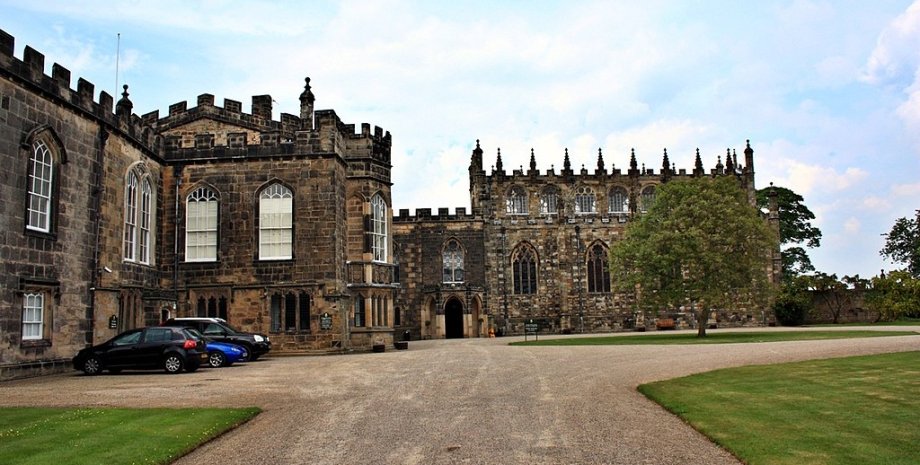
 By Natali Moss
By Natali Moss
Technology appeared its Telegram channel. Subscribe not to miss the latest and most intrusive news from the world of science! Sir Arthur Hazelrig, a prominent parliamentarian, headed a detachment of Kirasir, known as "London lobsters". In the Battle of Sheriton, Hazelrig's troops successfully repulsed the attack of a cavalry under the command of Sir Henry Bard, causing a serious blow to the royal troops.
Despite the support of the death of the king after the defeat of the royalists, Hazelrig refused to be a judge in the process. He became a key figure in the Commonwealth, but opposed the exile by Oliver Cromwell Rumpa and further establishing the protectorate, refusing to pay taxes in protest. In 1660, after the formation of a new Convention Parliament, Charles II was proclaimed the king.
The act of compensation for losses and oblivion has been amnestied by many supporters of Cromwell, but involved in the murder of Charles and awaited severe punishment. Sir Arthur Hazelrig was among fifty people who did not spread amnesty, which led to his life imprisonment in London Tower, where he died in 1661. Excavations are currently in search of the former Hazelrig house in Auckland Castle.
Archaeologists from the Department of Archeology of the University of Darem are intended to determine whether the house he built after demolition of the castle has ever been completed and inhabited. And also find household items and key structural elements of the building such as windows and floor. Earlier, Focus wrote about the burial of the Polish Archbishops of the XVI-XVII centuries found in Poland. Scientists were able to accurately determine who belonged to the cellar.










All rights reserved IN-Ukraine.info - 2022